It seems like everyone has houseplants these days. This decor trend is well-received since there are many benefits to having houseplants. Not only will houseplants add a pop of color to your home, but they’ll also help to keep the air clean and fresh with no effort from you. But what if you have cats?
Remember the phrase “curiosity killed the cat.” Cats are notoriously curious and may be tempted to take a bite out of your houseplants. Make sure that your houseplants are safe and nontoxic if you have cats in your home. Read on to learn more about a variety of houseplants safe for cats, and those that are toxic as well.
Houseplants Safe For Cats
Don’t think that you can’t have houseplants if you have cats. There are plenty of houseplants that are safe for cats that make perfect substitutes for toxic plants. You’re sure to find a perfect fit (without worrying about your cat) in the following ten options.
Gloxinia
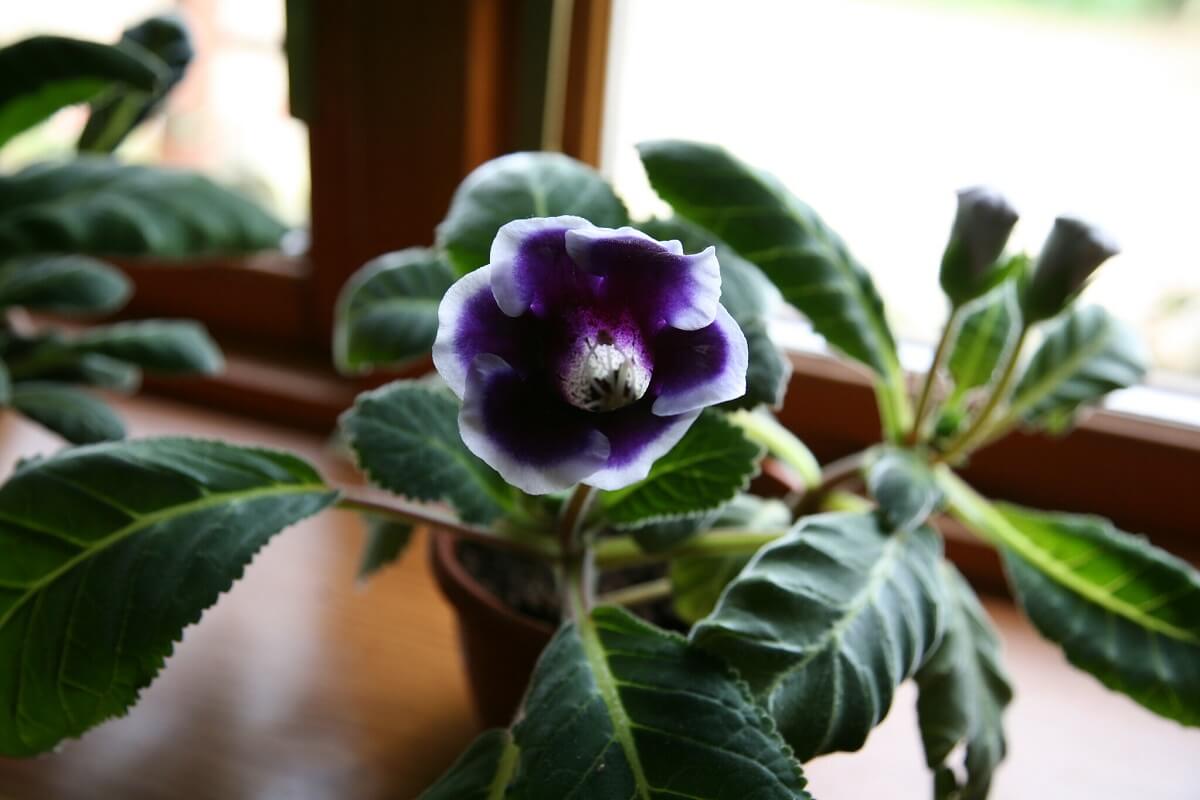
Gloxinias (Sinnigia speciose) are very popular in the early spring and are often gifted around Mother’s Day. These are a perfect gift for someone that has cats and wants a blooming plant.
This tropical plant has colorful blooms and dark green leaves that make it an eye-catcher. It can grow well with indirect light and ample moisture.
African Violet
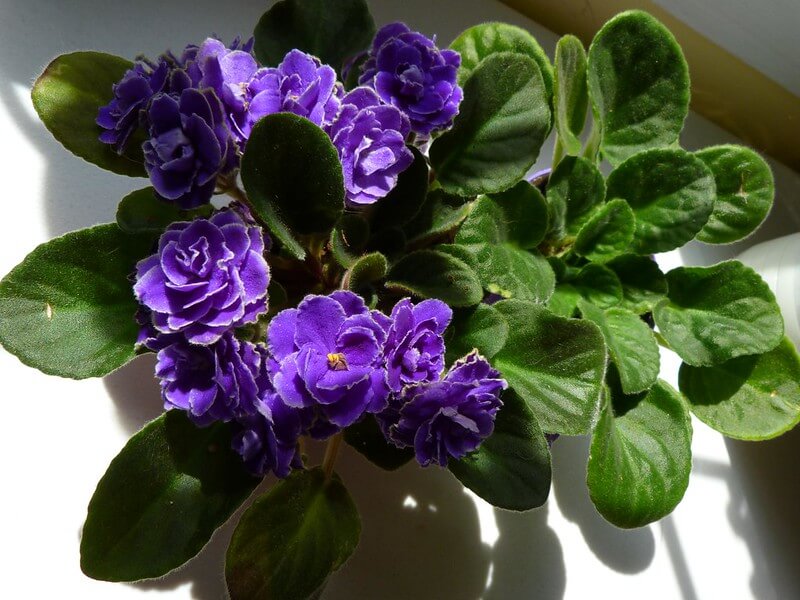
The African violet (Saintpaulia) is another good choice for the grower that has cats and wants something that blooms. African violets are almost perfectly suited for houseplants since they prefer the temperatures, lighting, and humidity that are found indoors.
Baby Tears
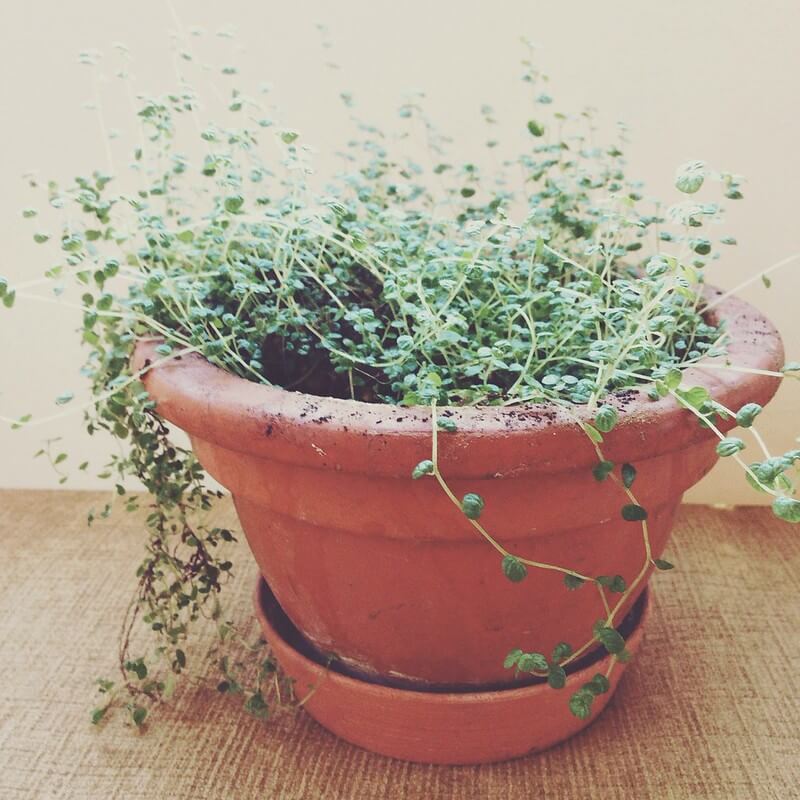
Baby tears (Soleirolia soleirolii) can be a good choice if you had your heart set on a jade plant. The lush green leaves are perfect for adding freshness to a room. The leaves will overtake the container quickly, covering up any soil that may tempt your cat to dig. It can be planted alone in containers and hanging baskets, or you can use it as ground cover for larger houseplants, like areca palms.
Spider Plant
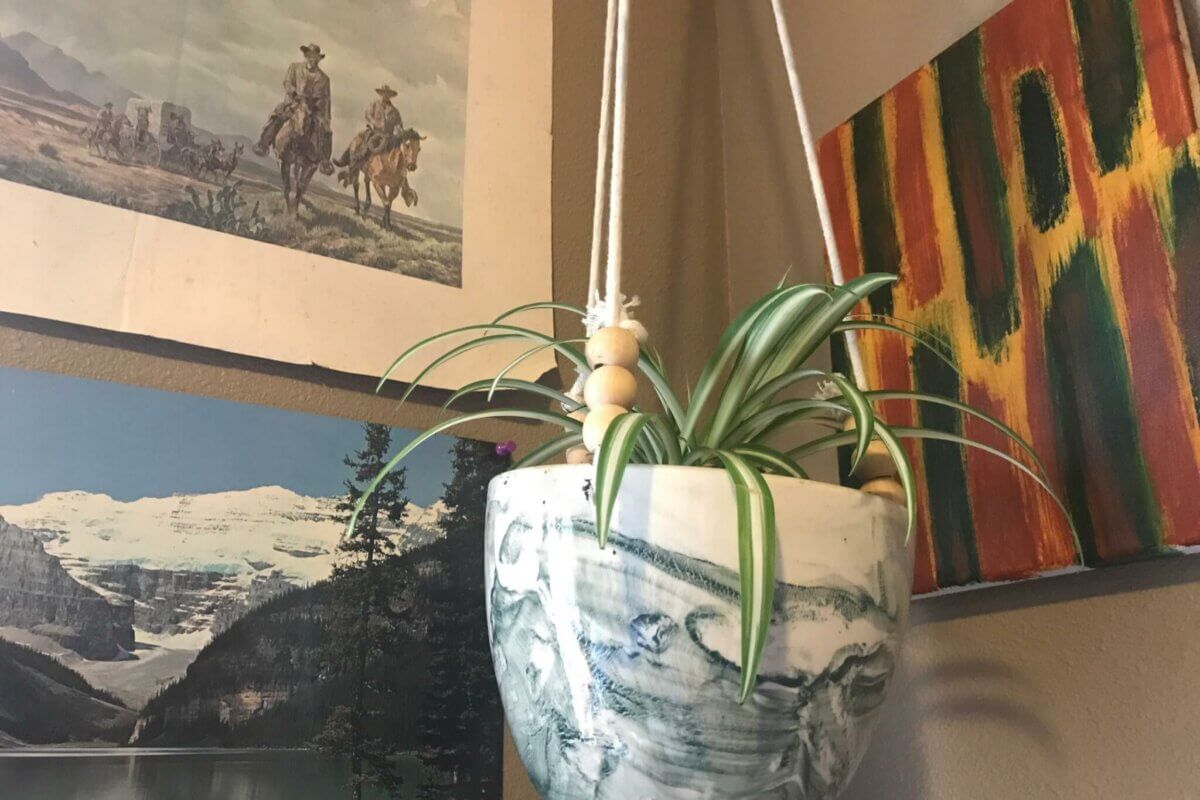
This extremely popular houseplant is totally safe for your cats. It is very adaptable, making it a wonderful plant for beginners. The spider plant’s long, variegated leaves will match almost any decor.
Related Post: 17 Of The Best Hanging Plants To Add Beautiful Greenery To Your Home
It can be grown in containers or hanging baskets. The spider plant (Chlorophytum) can be grown in nearly any amount of light or soil condition. It’s also very forgiving if you forget to water it.
Venus Fly Trap
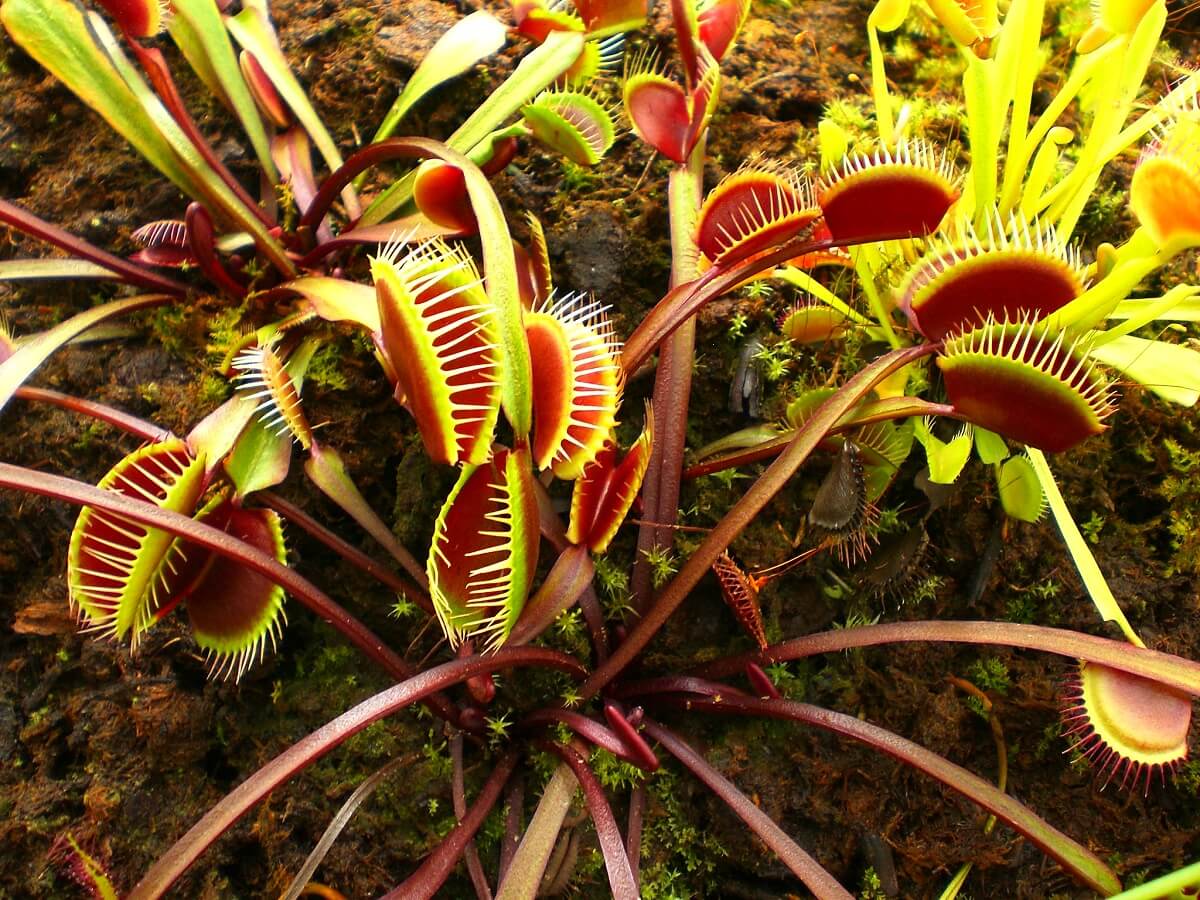
If you’re looking for a houseplant that is safe for cats and also a conversation starter, the Venus fly trap (Dionaea muscipula) won’t disappoint. Don’t worry about your cat getting his or her paws caught in the traps. These traps are very small and better suited for catching small flies than your cat’s paw.
This carnivorous plant adapted to consume flies and small insects to make sure that it received adequate nutrition in a highly competitive environment. Keep your Venus fly trap in the kitchen or other room where flies are more likely to hang out.
Areca Palm
If you enjoy the tropical vibe that a sago palm can give your home, check out the areca palm (Dypsis lutescens). You’ll get the same feel from an areca palm that you would from a sago. The fronds of palm trees make the perfect batting toy. Rest assured that an areca palm is safe for your cat.
Peperomia
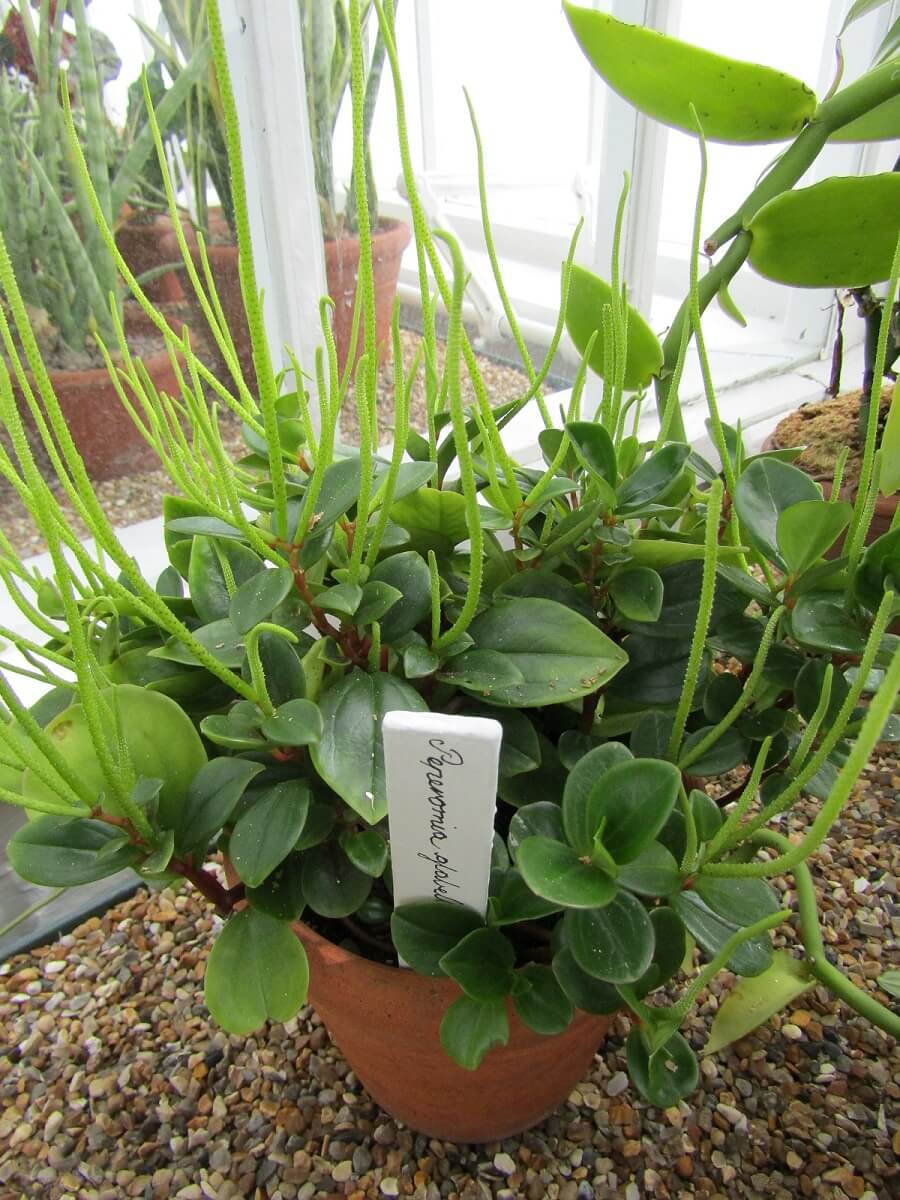
Peperomia plants (Peperomia) are a perfect addition to any home decor with their wide variety of leaf colors and textures. They’re also ideal for beginners since they’re very forgiving. If you forget to water them, they won’t hold it against you. Try peperomia plants in containers, on a counter top, or in a hanging basket.
Orchids
Thankfully, orchids are in the group of houseplants safe for cats. Orchids (Orchidaceae) are known for their unique and colorful blooms.
Related Post: How To Care For Orchids
They typically bloom during the winter, when you could use fresh color the most. Orchids also thrive in low light spaces, making them a good choice for growing indoors.
Bromeliads
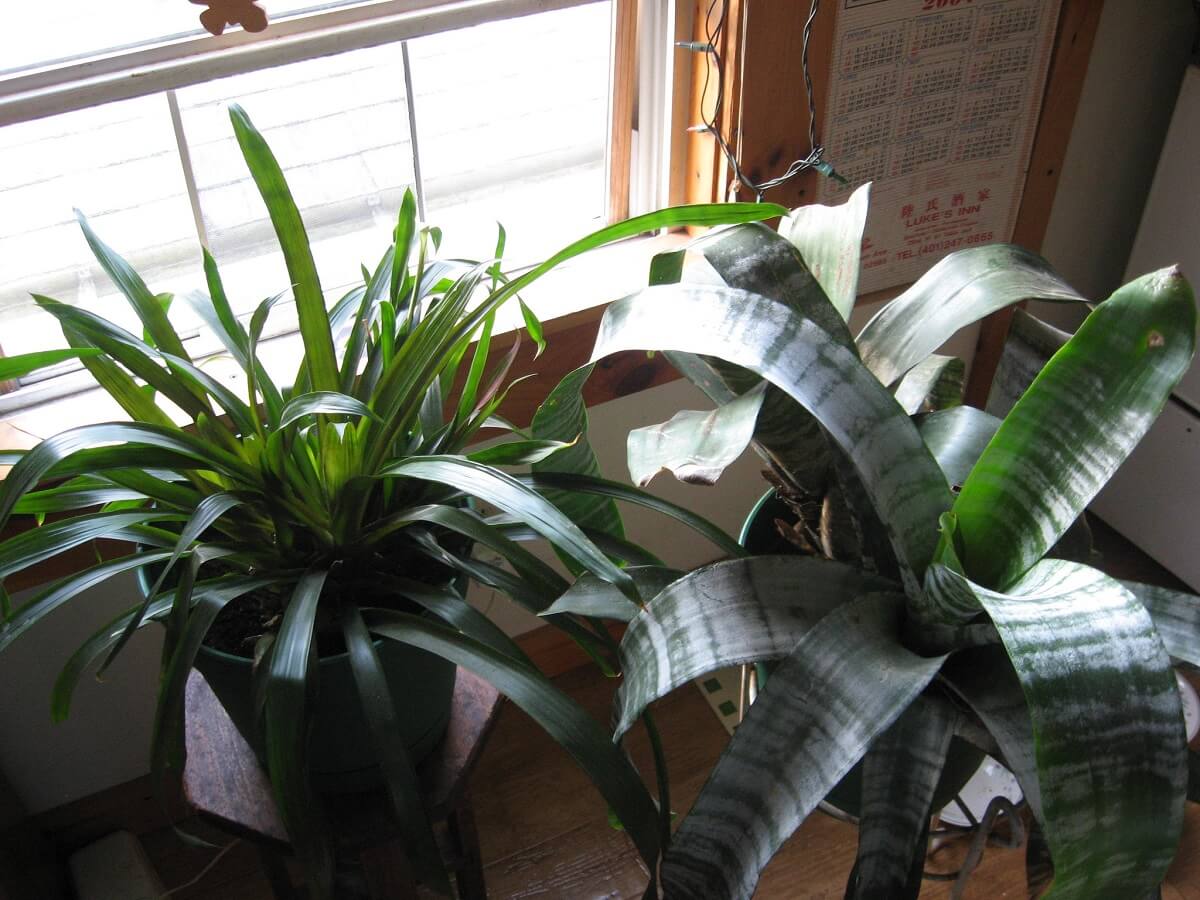
One of the most popular houseplants toxic to cats is the snake plant. If you like the look of the long, thick, upright leaves on the snake plant, you will love bromeliads (Bromeliaceae).
Bromeliads have similar leaves and also feature a colorful bloom in the center of the plant. Another bonus for bromeliads is they can be grown without soil. If your cat is a frequent digger in your containers, plant a bromeliad on a log or piece of wood.
Ponytail Palm
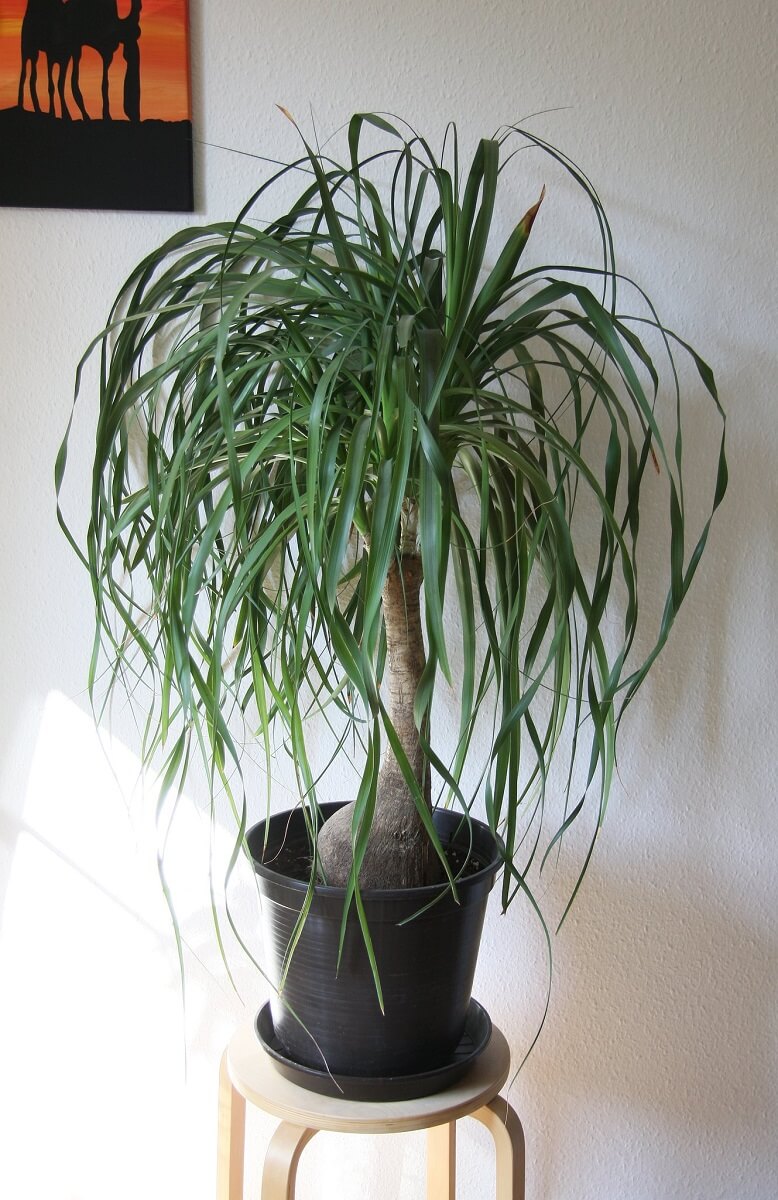
The long and wispy leaves of the ponytail palm (Beaucarnea recurvata) are pretty and make the perfect swatting toy for your cat. Ponytail palms are best grown in bright light. It’s an interesting choice if you like the look of English ivy or pothos — both of which are toxic to cats.
Common Houseplants That Are Toxic to Cats
Unfortunately, some of the most common houseplants are toxic to cats if they eat them. Many cats will avoid toxic houseplants, but it’s best to be on the safe side and keep them away altogether.
If you have some of these in your home already, consider moving them to a location where they are out of your cat’s reach. A hanging basket is a perfect way to keep your cat safe.
Peace Lilies
Peace lilies (Spathiphyllum), like many other lilies, are highly toxic to cats. If your cat eats them, it can cause immediate kidney failure.
Aloe Vera
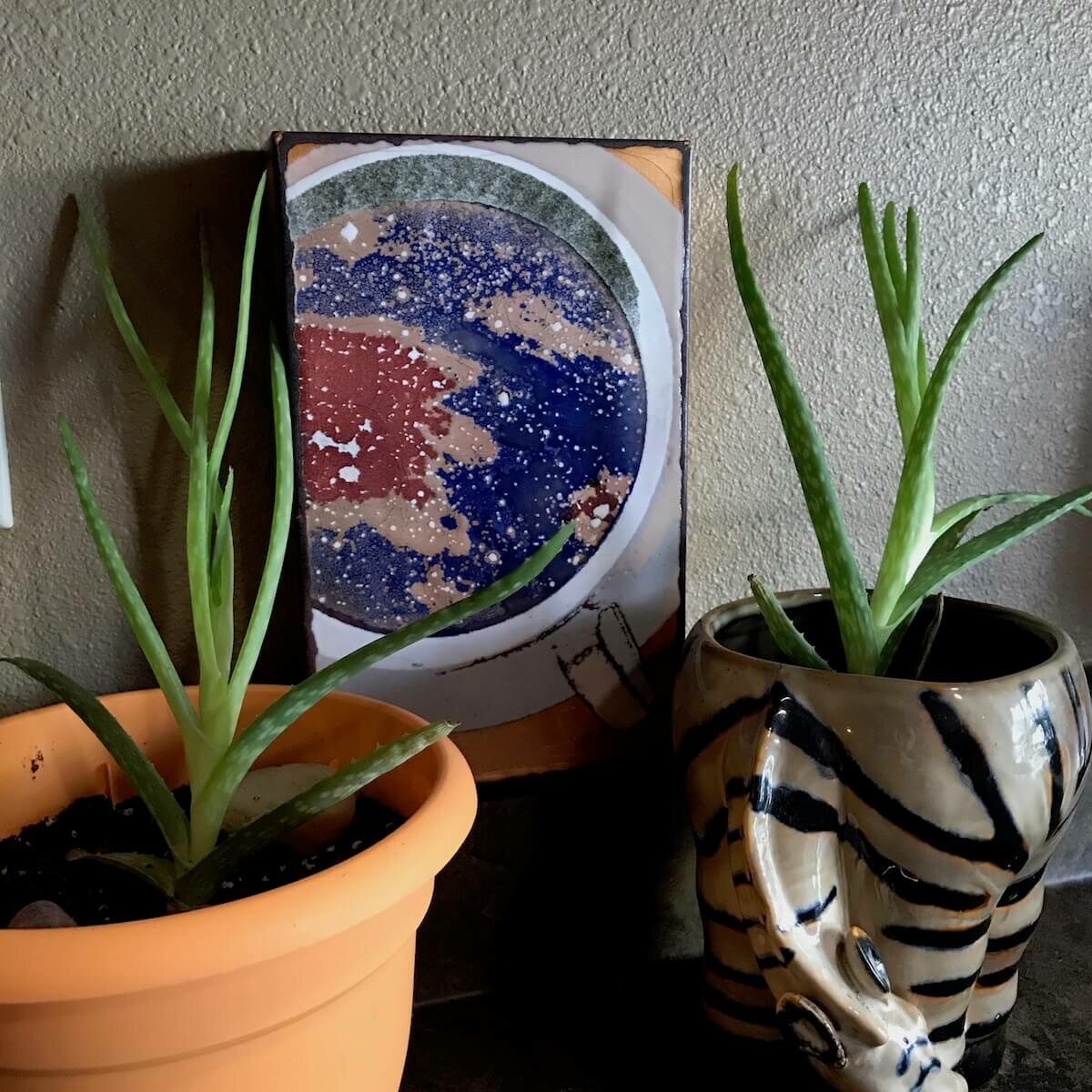
Although aloe (Aloe barbadensis miller) has medicinal value for people, it’s toxic to cats. It can lead to vomiting, lethargy, and diarrhea due to the saponins and anthraquinones in it.
Split-Leaf Philodendron
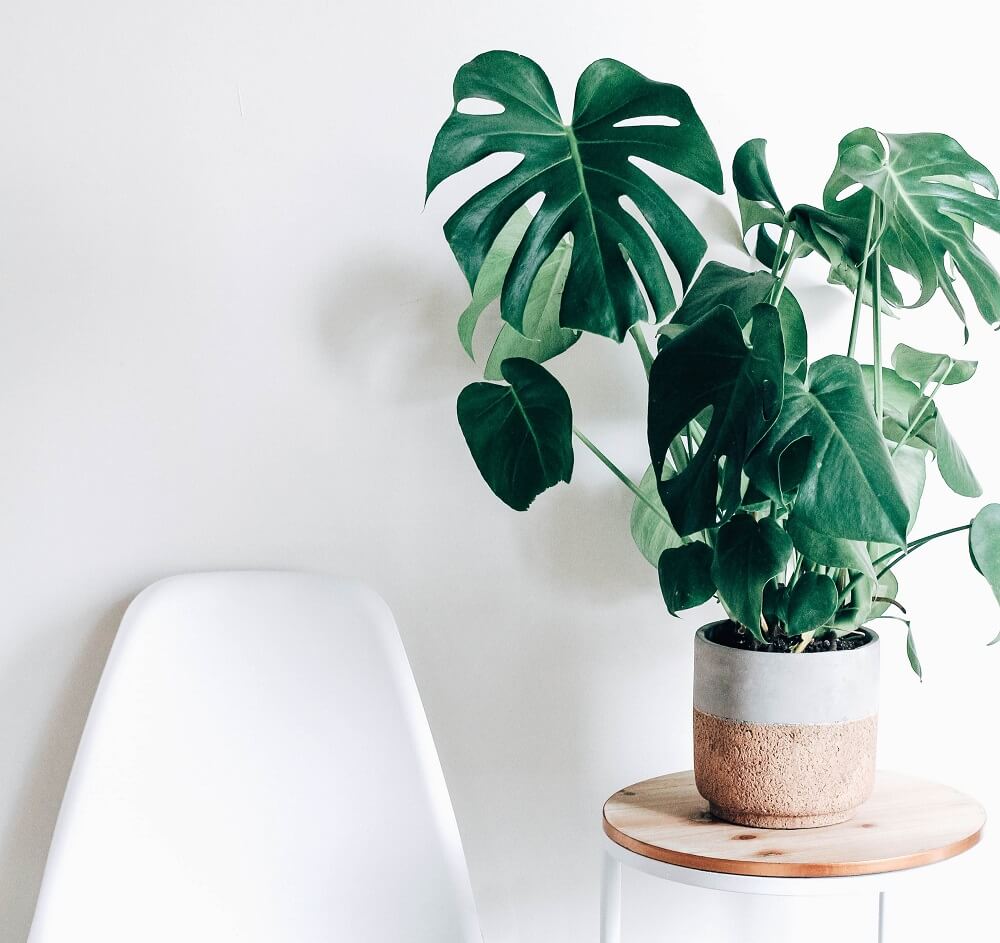
The split-leaf philodendron (Philodendron bipennifolium), also known as a Swiss cheese plant, is popular due to its uniquely split leaves. The leaves contain calcium oxalates that are insoluble if ingested by cats. Calcium oxalates cause oral irritation, excessive drooling, vomiting, and trouble swallowing.
Pothos
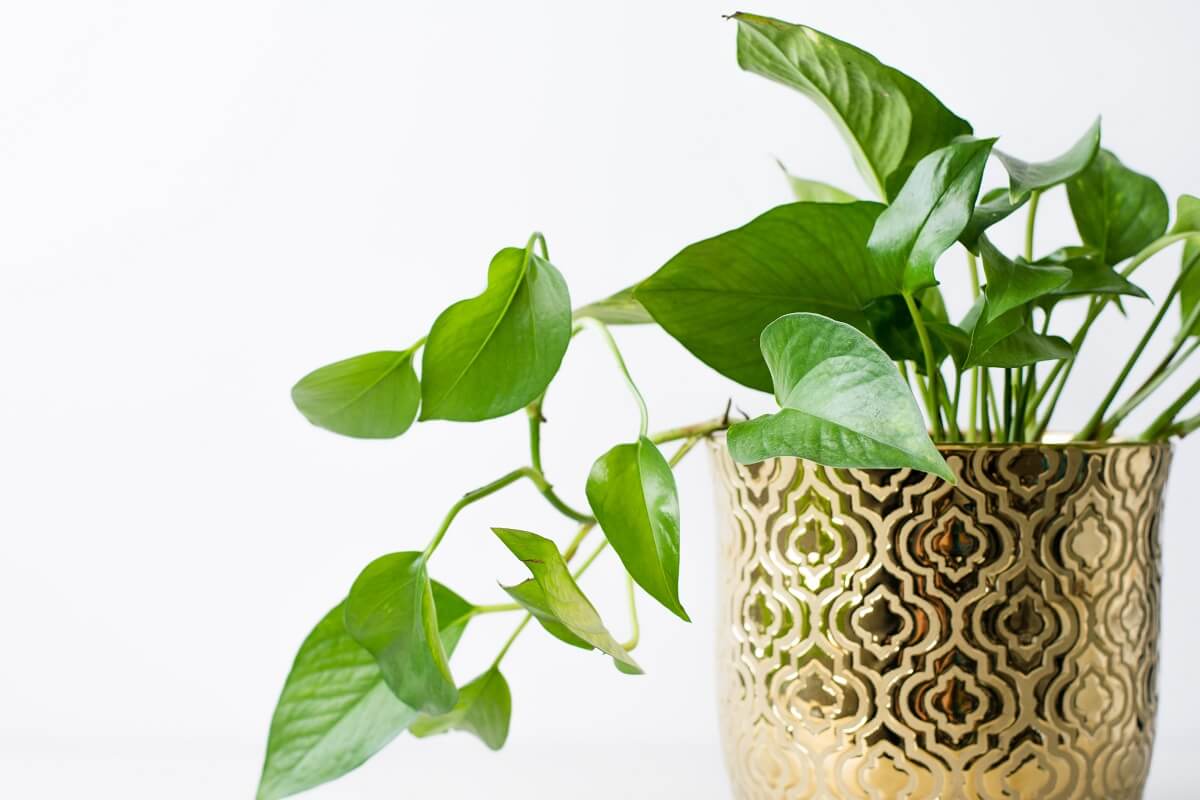
Pothos (Epipremnum aureum) is perfectly suited for growing in hanging baskets or climbing trellises. They aren’t perfectly suited for households with cats, though. The leaves produce insoluble calcium oxalates that cause oral irritation, vomiting, and difficulty swallowing.
Jade Plants

The “money plant” (Crassula) may end up costing you money if you have to take your cat to the vet. Keep your cat away from jade plants. They are poisonous to them.
Snake Plants

Snake plants (Sansevieria trifasciata) are popular due to their unique appearance and ability to clean the air of toxins in your home. However, the leaves contain saponins that are toxic to cats. Saponins can cause nausea, vomiting, and diarrhea.
Sago Palm
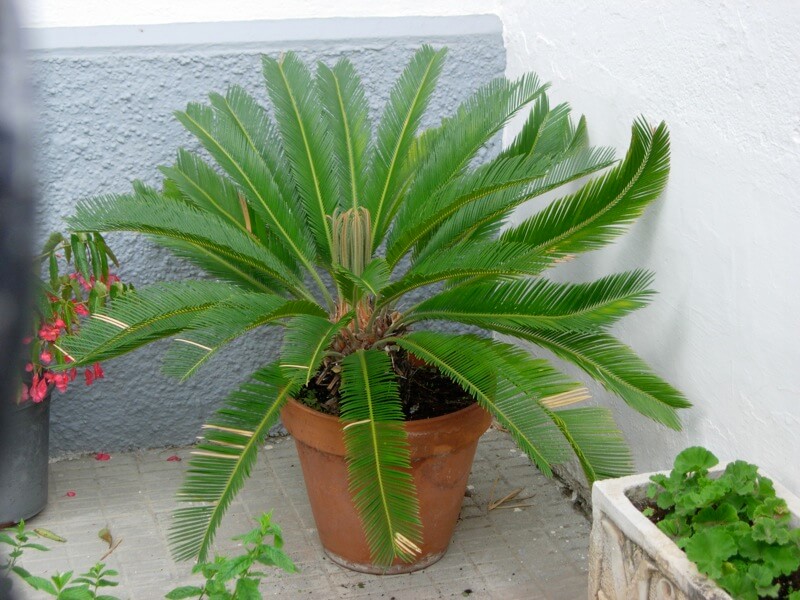
The Sago palm (Cycas revoluta) can be deadly for cats if they ingest it. The cycasin in the plant can lead to vomiting, liver damage, liver failure, and death.
English Ivy
The foliage of English ivy (Hedera helix) is toxic to cats. The saponins in the leaves can lead to vomiting, hypersalivation, and diarrhea.
Dumb Cane
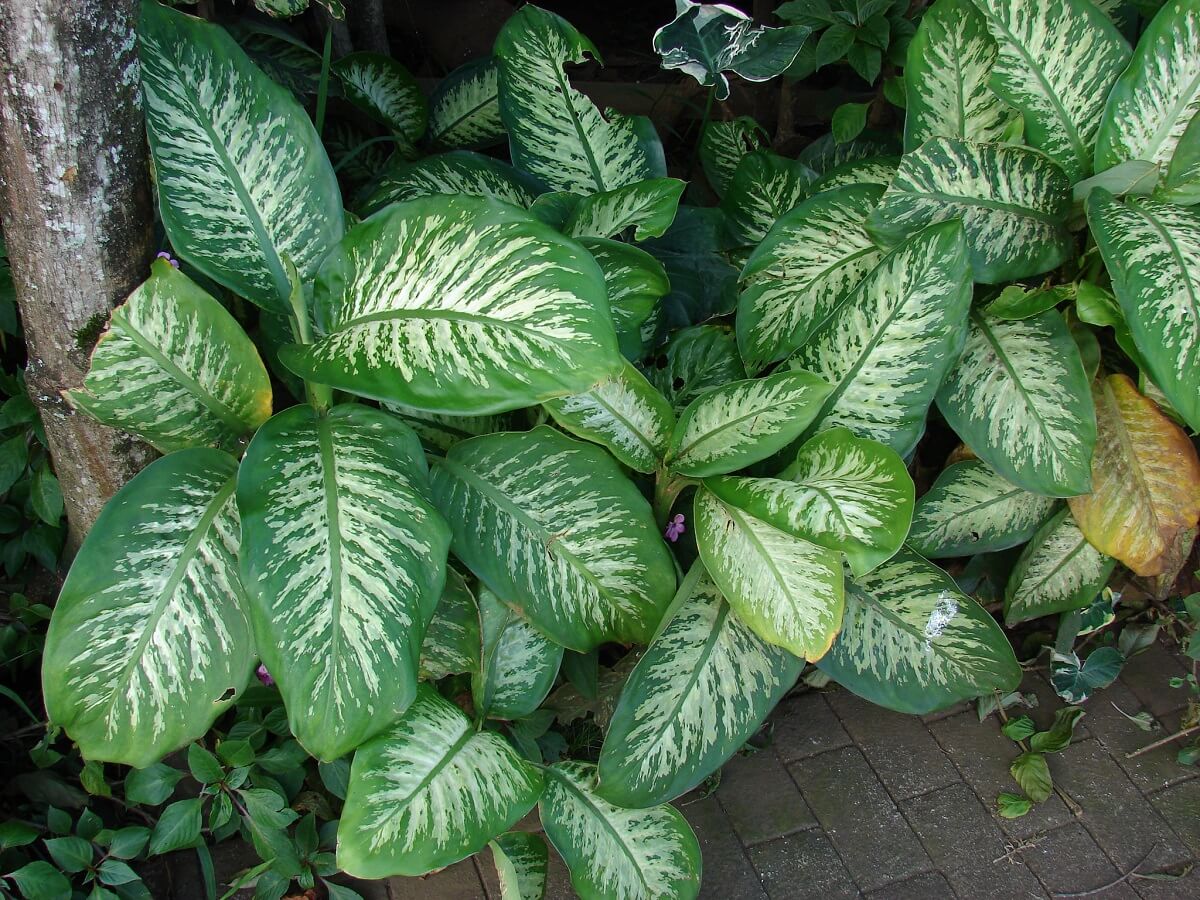
Dumb cane (Dieffenbachia) is another popular houseplant that is toxic to cats. It produces insoluble calcium oxalates and proteolytic enzymes. These can cause oral irritation, excessive drooling, vomiting, and difficulty swallowing.
There are many signs that your cat has ingested something poisonous or toxic. Some of the most common signs include excessive salivation, vomiting, diarrhea, twitching, breathing problems, lethargy, or changes in normal behavior.
If you suspect that your cat has ingested a toxic plant, contact your local veterinarian. You can also call the Animal Poison Control Helpline 24/7 at (888) 426-4435.
To learn more about whether your houseplants are toxic or not, check out this tool from ASPCA that allows you to search based on the plant name.


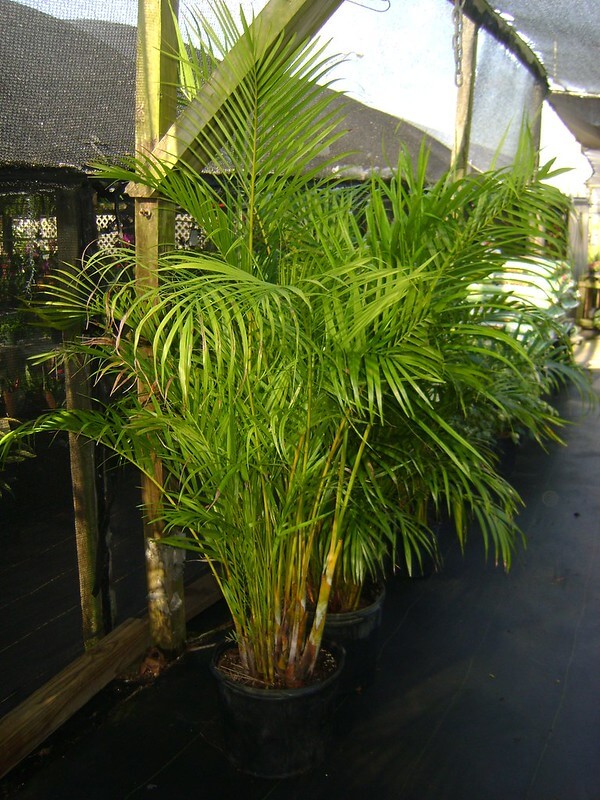

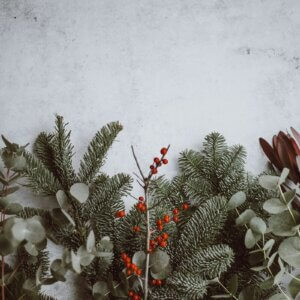
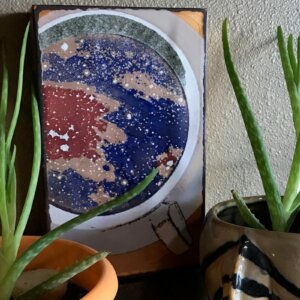
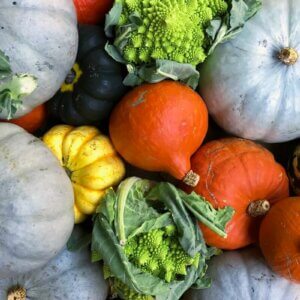





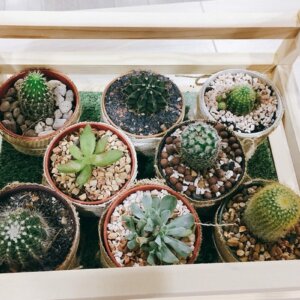









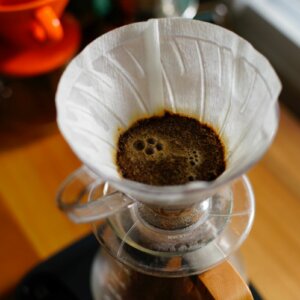

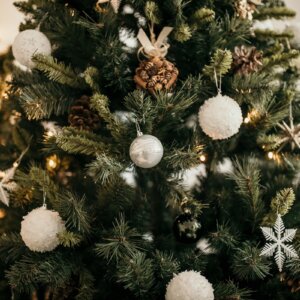


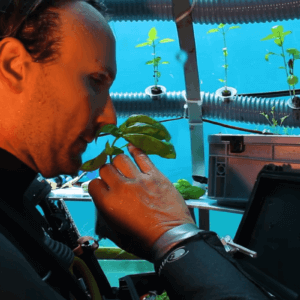






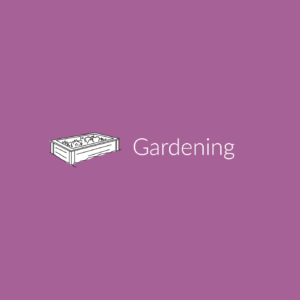


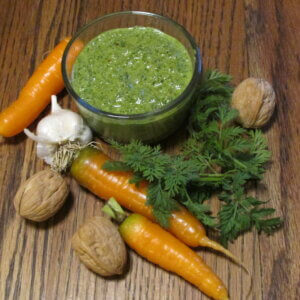




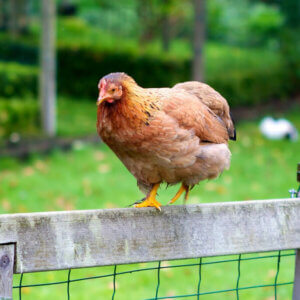

Leave a Reply